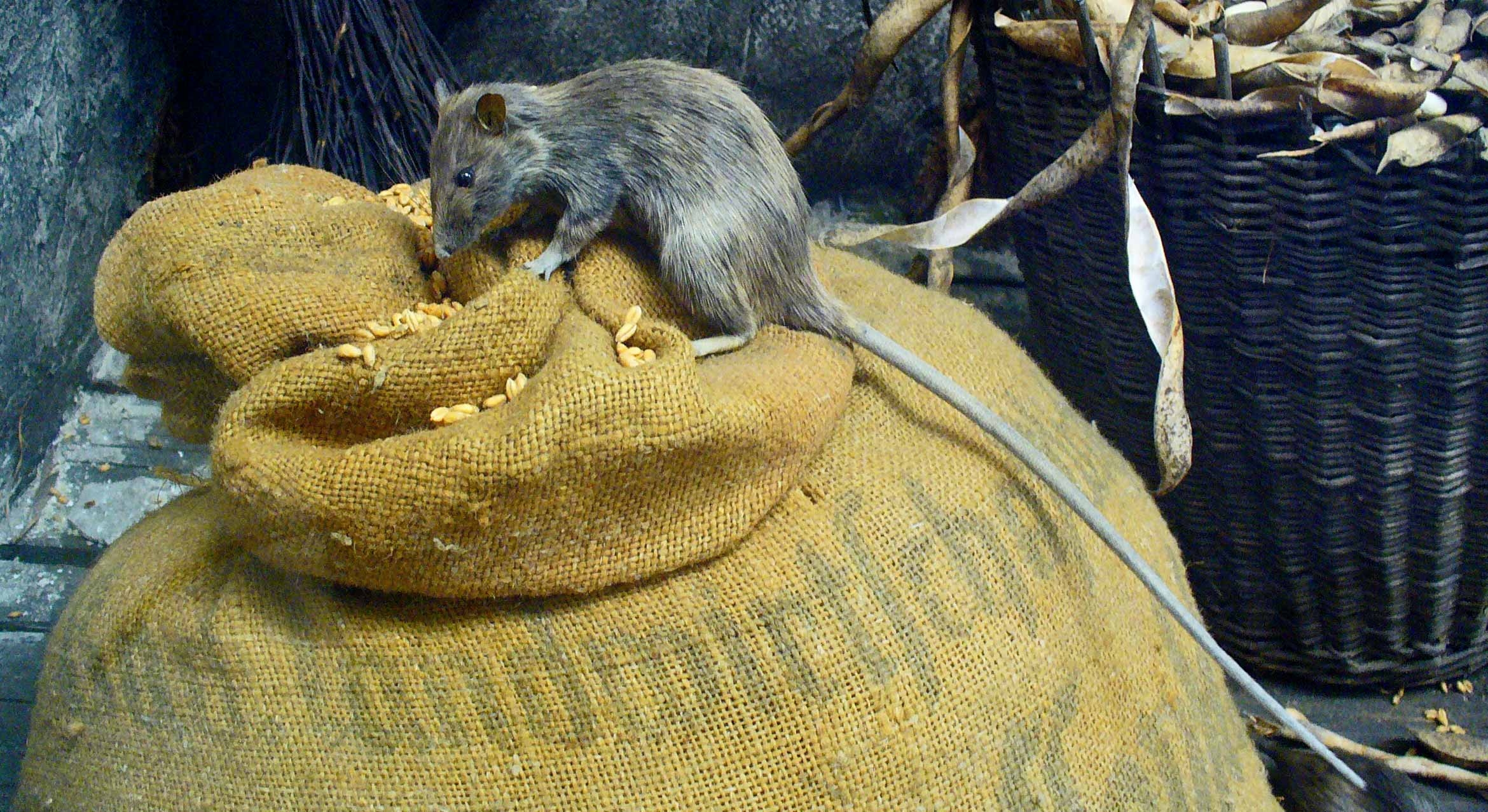Where in the World is Carmen Sandiego?
When Mr. Acton’s second-grade class came to school Wednesday, they had no idea they were going to play with dirt. But that’s just what they did to celebrate Geography Awareness Week (GeoWeek) as part of UC Santa Barbara’s Department of Geography outreach program.
Ann Tan and Nina Bingham, two UCSB graduate students in geography, visited Santa Barbara's Washington Elementary School to talk to the kids about soil. Chocolate-covered pretzels stood in for rocks as they explained the difference between physical and chemical weathering. First, students broke up the pretzels in order to understand that physical changes simply made smaller pieces of the same material. Then they put a second pretzel in their mouths to see what happened when the chocolate disappeared. Tan explained that the chocolate melting was akin to acid breaking down rocks into soil — aka chemical weathering.
The fun continued when the students — and their desks — got downright dirty mixing different soils with water. “Any time you can get a hands-on experience to connect the learning, that’s where you get your best retention of material,” said longtime teacher Michael Acton, who has a degree from UCSB’s Gevirtz Graduate School of Education.
“GeoWeek is an amazing opportunity to share something I’m really excited about with kids,” said Tan. “This is the third year I’ve volunteered, and it has been a really rewarding experience.”
An extremely important discipline that transcends the classroom, geography is no longer widely taught in schools today. UCSB’s Department of Geography seeks to change that. The department’s Visibility and Outreach Committee, which spearheads the recruiting effort each year, organized 46 presentations in 14 local schools as part of GeoWeek. This year saw a record turnout of UCSB volunteers, with a total of 28 faculty, staff and students — both undergraduates and graduates — giving presentations to classes from kindergarten through high school.
Presentations covered a range of topics, including remote sensing of the urban environment, mapping coral reefs with kite aerial photography and using the sun to tell time and seasons and where you are on planet Earth. The variety of classes receiving presentations was just as broad, ranging from Advanced Placement history classes learning about transportation and development in various American cities to special education classes discovering Australia.
Dar Roberts, chair of UCSB’s Department of Geography, gave his presentation, “A Geographer Down Under,” to a special education class in world history at Dos Pueblos High School and to a fourth-grade class at Laguna Blanca School. “The fourth-graders at Laguna Blanca asked at least 50 questions, and some of them were very good,” said Roberts, who built the presentation from his one-year sabbatical in Australia. “I think the high school students very much enjoyed getting to touch and see all the mineral specimens I brought.”
Song Gao, another geography graduate student, did a presentation about geographic information systems (GIS) for seniors in an environmental science class at Laguna Blanca. “One of the reasons I wanted a presentation about GIS,” said Landon Neustadt, the 12th-grade science instructor, “is because it is used so much but it’s not taught in schools.”
Geography graduate student Susan Meerdink invited Meredith Richardson’s fifth grade class at Harding University Partnership School to “Tour the U.S.A. Through Satellite Images.” She taught students how to interpret satellite imagery and then asked them to figure out what they were seeing in a variety of snapshots, some taken before and after such natural disasters as Mount St. Helens’ volcanic eruption and the recent Rim Fire in Yosemite National Park.
“I absolutely love Geography Awareness Week,” Meerdink said. “It feels good to see the kids so excited about geography and it’s really important that they understand how many diverse topics it encompasses. And it’s fun to share a little bit of my life with kids and hopefully inspire them.”
An annual celebration that promotes geographic literacy and education, GeoWeek is the third week of November. Organized by National Geographic Education Programs and established by presidential proclamation almost 25 years ago, GeoWeek centers on events, policy advocacy, communication, volunteerism and activities for students, families and community members. This year’s theme, “Geography and the New Age of Exploration,” emphasizes how geography “enables us all to be intrepid explorers in our own way.”







